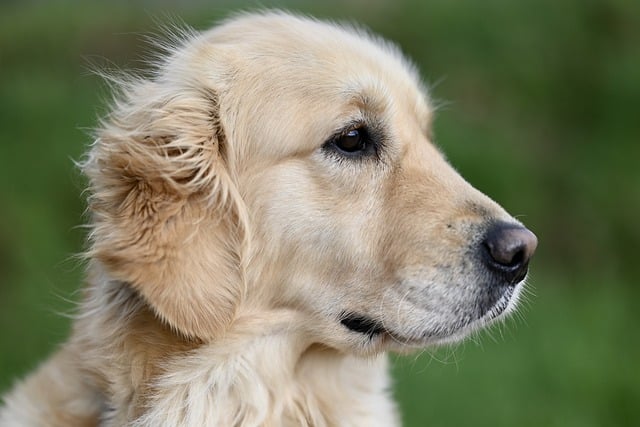
Should dogs be given paw pads and protective covers
Should dogs wear paw protectors? If you’ve ever stood in the Arizona sun, watching your boxer “Rocky” lift his paws off the asphalt like he’s stepping on a hot griddle
Trying to figure out your new puppy’s coat type is one of those little mysteries that pops up when you’re knee-deep in chew toys and late-night potty runs. Maybe you’ve noticed their fur feels different than the lab down the street, or they’re shedding in clumps while napping on your couch. That’s when questions about a double coat start swirling—and for good reason. Understanding their coat helps with everything from grooming to keeping them comfortable, especially as seasons change.
A double coat isn’t just “more fur”—it’s a two-layer system. The top layer, called guard hairs, is usually coarser and water-resistant, like a rain jacket. Underneath, there’s a soft, dense undercoat that acts like a sweater, trapping heat in winter and cool air in summer. Breeds like Huskies or Golden Retrievers are famous for this, but mixed breeds can have it too. To check, gently part their fur with your fingers—if you see a lighter, fluffier layer beneath the longer outer hairs, that’s a good sign. Run your hand along their back; a double coat often feels thicker and might leave a few loose undercoat hairs on your palm.
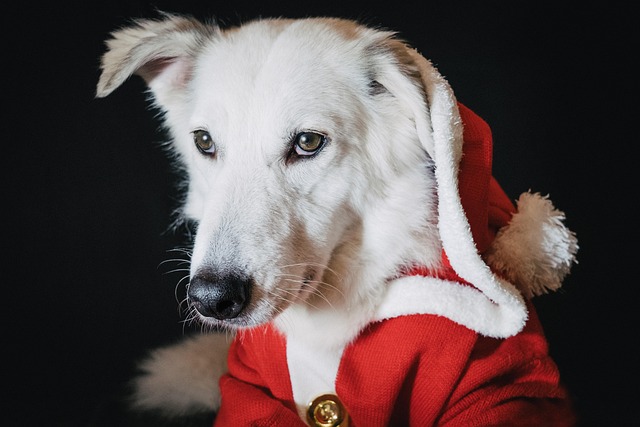 Grooming habits tie right into this, especially if you’re in an apartment. Double coat puppies shed a lot during “blowing coat” seasons—spring and fall—when they lose their undercoat. That means keeping a slicker brush handy (start slow, with treats, to make it a positive experience—never scold if they wriggle). In shared spaces, a quick brush before walks can cut down on fur left on park benches, and don’t forget the poop bags—most cities fine you for skipping those, even if you’re distracted by a wiggly puppy.
Grooming habits tie right into this, especially if you’re in an apartment. Double coat puppies shed a lot during “blowing coat” seasons—spring and fall—when they lose their undercoat. That means keeping a slicker brush handy (start slow, with treats, to make it a positive experience—never scold if they wriggle). In shared spaces, a quick brush before walks can cut down on fur left on park benches, and don’t forget the poop bags—most cities fine you for skipping those, even if you’re distracted by a wiggly puppy.
Health checks and compliance go hand in hand here. While checking for a double coat, take a second to look for dry skin or ticks—important since most states require puppies to be vaccinated by 4 months old before public outings. If your puppy resists grooming, try short sessions with their favorite toy afterward. Positive reinforcement works way better than pushing them—remember, scolding or physical correction isn’t just ineffective; it breaks trust, and most local training groups emphasize kindness over force.
Knowing if your puppy has a double coat also shapes daily routines. In warmer months, avoid shaving them—those guard hairs protect their skin from the sun, even in apartments with AC. On walks, you might notice other owners commenting on your pup’s fluff; it’s a great chance to swap tips, like how to manage undercoat in small spaces. After all, raising a puppy’s a community thing—whether you’re comparing shedding stories at the dog park or reminding each other to pick up after them.

Should dogs wear paw protectors? If you’ve ever stood in the Arizona sun, watching your boxer “Rocky” lift his paws off the asphalt like he’s stepping on a hot griddle

Should I condition my dog’s paw pads? If you’ve ever watched your border collie “Jax” hesitate before stepping onto the frosty sidewalk, his paws lifting like he’s touching shards of glass
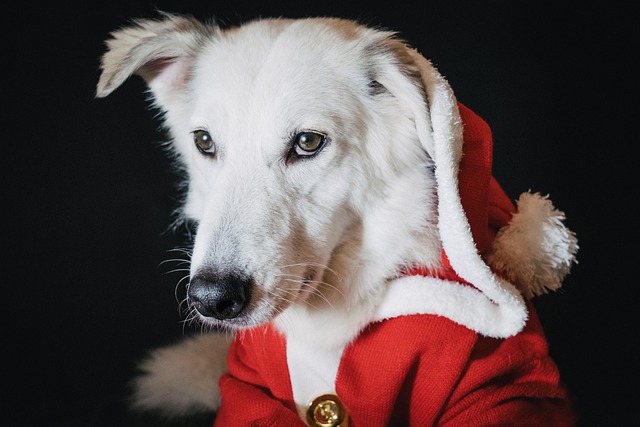
Trying to figure out your new puppy’s coat type is one of those little mysteries that pops up when you’re knee-deep in chew toys and late-night potty runs.
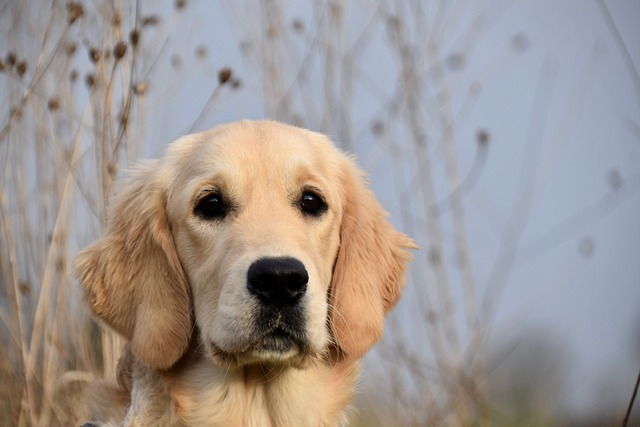
Should I condition my dog’s paw pads? If you’ve ever watched your border collie “Jax” hesitate before stepping onto the frosty sidewalk
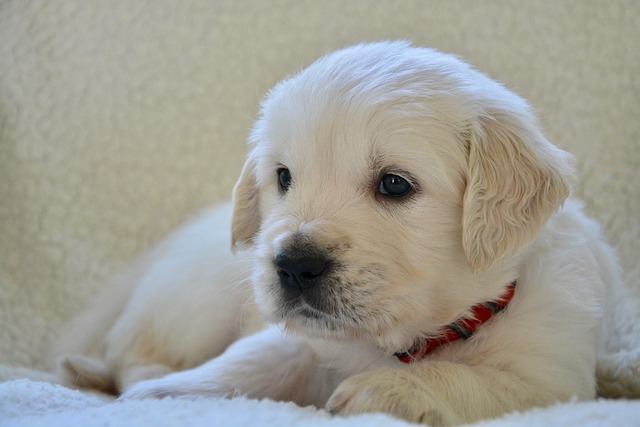
Picture this: You're giving your Golden Retriever a post-park bath in your cramped apartment bathroom, and their fur feels like straw after shampooing.
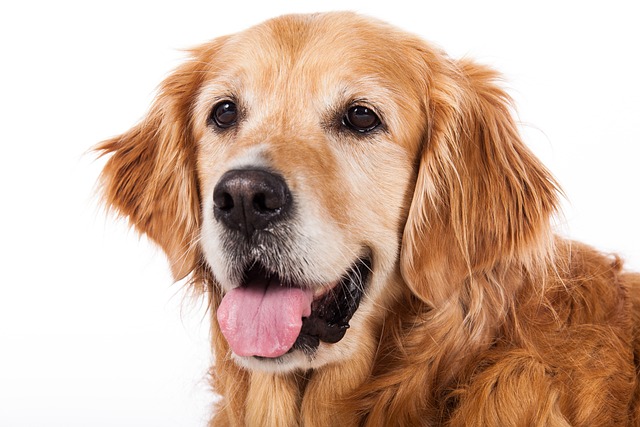
How do you know if your dog needs glands expressed? If you’ve ever caught your dachshund “Ollie” dragging his butt across the living room carpet like it’s a magic carpet ride